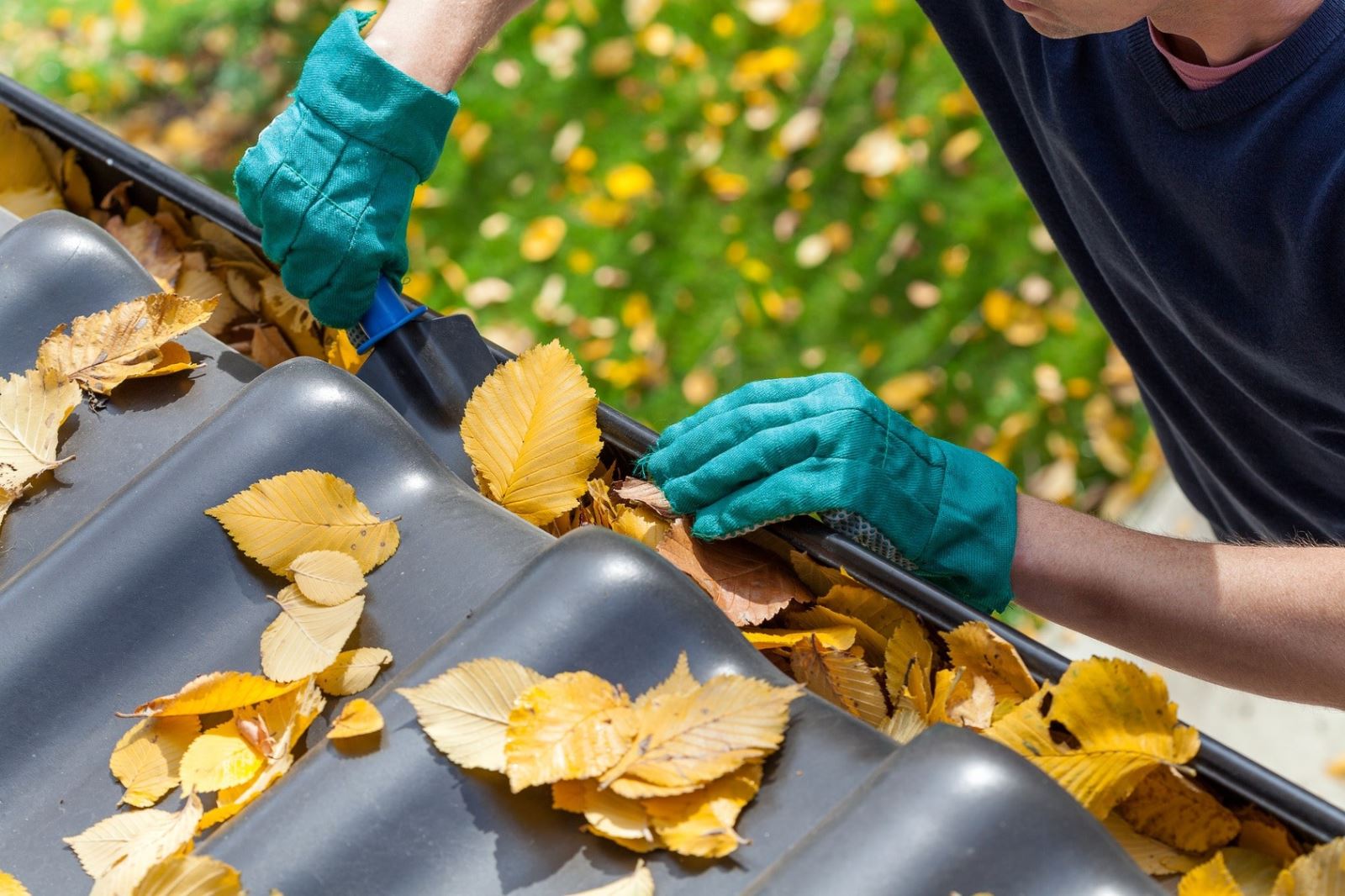Spring Fever! Three Home Maintenance Projects to Transition from Winter to Spring

March is here and chances are the winter doldrums are getting to you. Now is a good time to start tackling some home maintenance tasks that will remind you that spring is right around the corner!
Clean Your Gutters
Once the last frost of winter has passed, it is important to have your gutters and downspouts cleaned and, if necessary, repaired. Clogged gutters and downspouts can cause wood trim in the eaves to rot and that can leave and opening for all kinds of critters to invade your house. If you’re not sure what to look for, you can have a Home Inspector come and look for you.
Another benefit to cleaning out your gutters and downspouts early in the season is that it can help to prevent damage from spring rains. If they are installed and cleaned properly, they will divert water away from the house and keep it from collecting around your foundation.
Prep Your Yard
Your lawn may be looking sad as the winter months have taken their toll, but it doesn’t have to stay that way. Giving your lawn a little attention toward the end of winter will make for a lush, green lawn this spring and summer.
The first step is to aerate your soil. When soil is compacted, it is too hard for water, air and roots to penetrate. That makes it hard on grass. You can rent a core aerator from a local equipment rental store. A half day’s rental generally costs about $40. This machine, which resembles a large rotary tiller, uses steel tubes to take plugs of soil from the lawn and deposit them on the ground. You can reduce compaction by aerating once a year and this will increase the vitality of your lawn.
The second step is to mow the old grass low. If you have cool-season grass such as bluegrass, fescue, or perennial ryegrass, you can skip this part. But if you have warm-season grass such as Bermuda, buffalo grass centipede, St. Augustine or Zoysia, you will want to mow that old, brown grass low at the end of winter to remove the accumulation of thatch, an accumulation of dead stems and leaves. If you leave the thatch, it will prevent water and nutrients from reaching the roots and will encourage disease. Cut Bermuda lawns to ½ inch and leave the clippings in place to decompose. Mow other types to 1 inch. If you use a regular mower, bag the clippings; then compost or discard them. Mowing low allows more sun to reach and warm the soil which helps the grass to green up.
The final step is to stop weeds. As the temperatures rise and reach 70 degrees, the seeds of lawn weeds begin to sprout. Late winter is a good time to stop them by applying a pre-emergence lawn weed preventer. When used properly, it creates a barrier atop the soil to keep weeds from sprouting. Make sure not to aerate after using the weed preventer or you will break the barrier. Do not use this type of product if you are planting new grass though, because it will keep grass seeds from coming up as well.
Once you have your lawn ready, then you can start thinking about selecting plants and flowers for your home garden!
Caulk Windows and Doors
Winter can be hard on your home. Now is the time to inspect the caulking around your windows and doors and to repair any damage left behind by old man winter. Check around your windows, doors, and corner trim to prevent water infiltration and avoid costly repairs.
Using high-quality siliconized acrylic latex caulk that is rated for exterior use will cut down on the amount of caulking you will have to do. It has good adhesion and flexibility, cleans up easily with water, and is paintable as well. Make sure you know what you are doing and avoid common mistakes in caulking.
If you’re thinking about selling your home, spring home maintenance is a step toward making your house more alluring to potential buyers. The professionals on Sandra Nickel's Hat Team can help you get your house on the market and sold today! Contact them at 334-834-1500.
Photo Credit: fullhartinsurance.com










